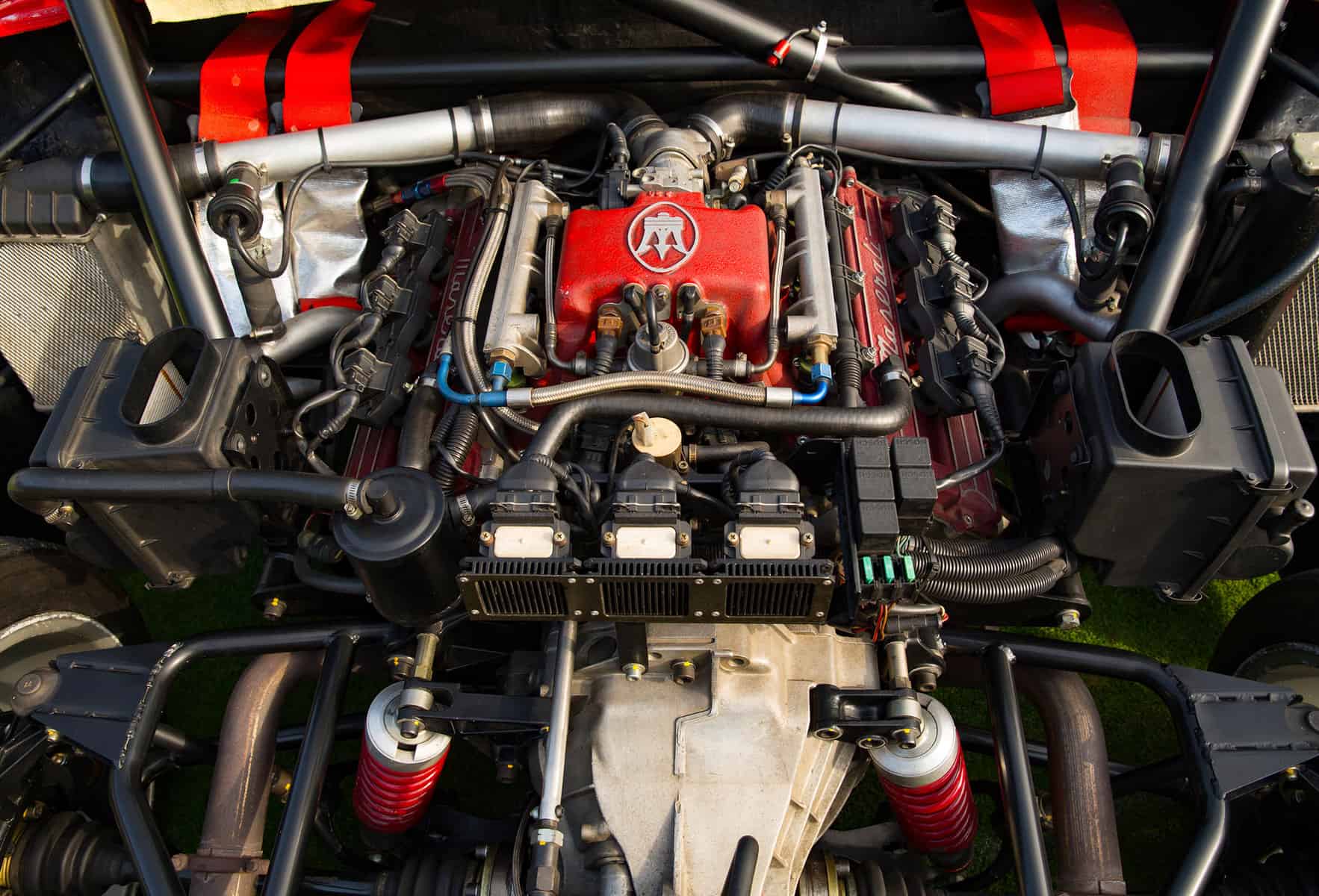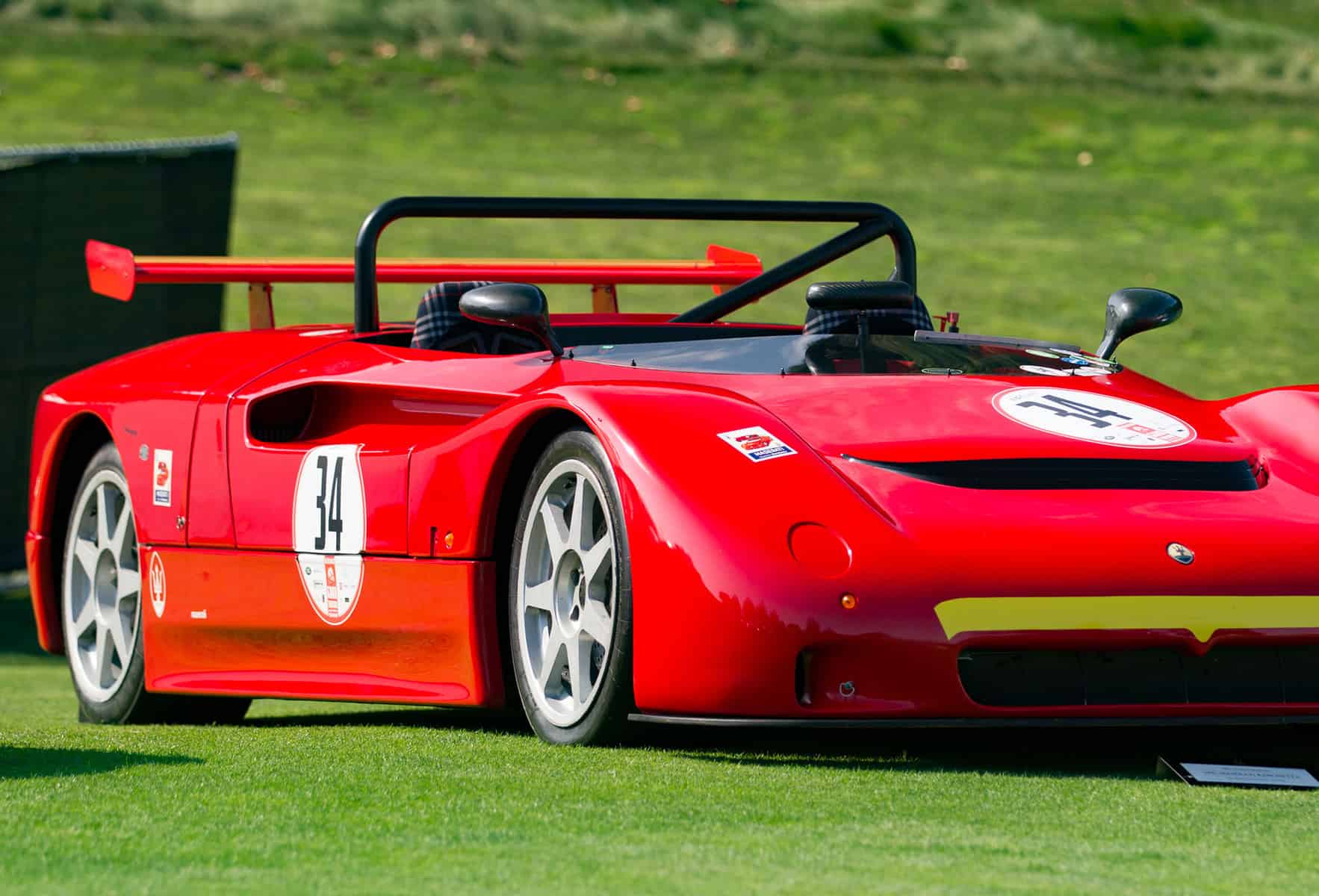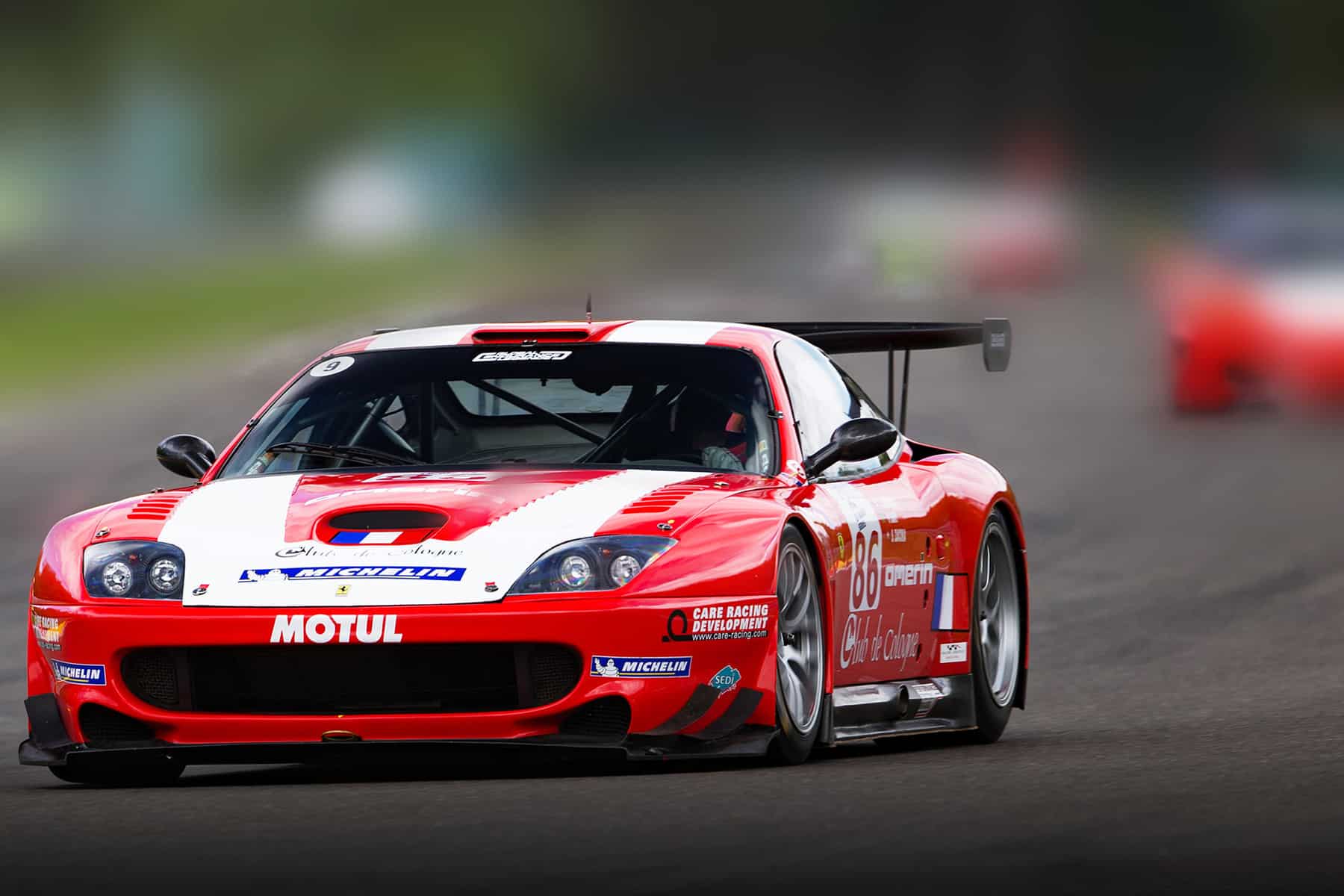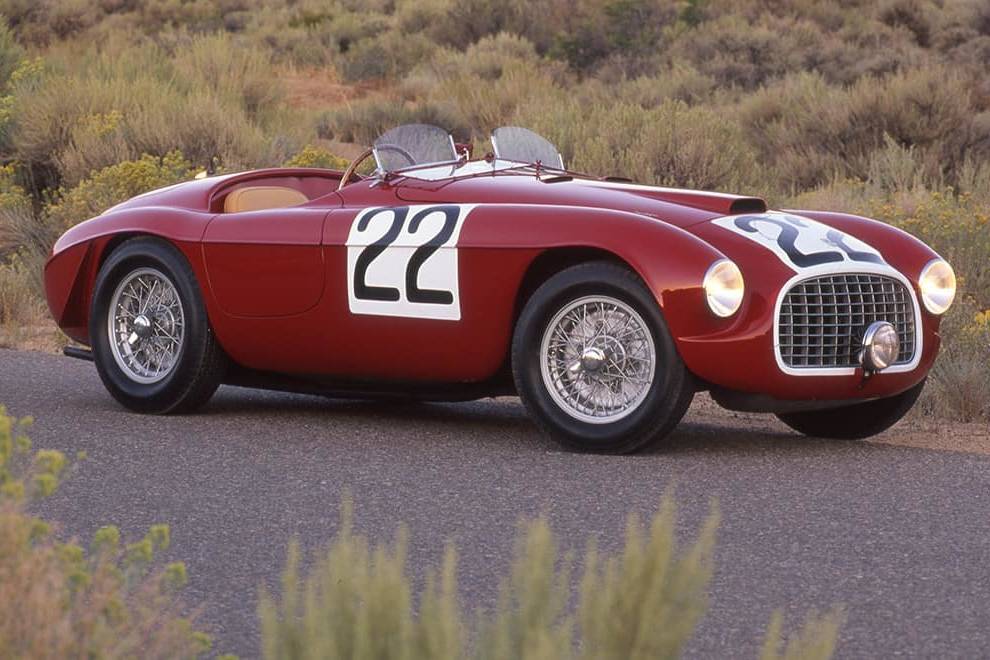Maserati Barchetta
When Alejandro de Tomaso returned Maserati to racing
BY: WOUTER MELISSEN
What better way is there to score a race victory than organizing a one-make series? This could very well have been one of the considerations when Alejandro de Tomaso announced the Grantrofeo Barchetta at Maserati’s annual press conference in December 1991.
The Argentinean had been at the helm of the Italian company since 1975, and by 1991 shared the ownership with Fiat Auto, which had acquired 49 percent of the shares in 1989.
De Tomaso’s idea of a one-make series was not entirely novel, as Porsche had already run the Carrera Cup. But where Porsche had taken a sensible approach to the Carrera Cup, running race-prepared versions of the 944 and later 911 production cars, De Tomaso’s plan included developing a competition car built from scratch.
Simply dubbed the “Barchetta,” the new single-make racer would be the first all-new Maserati competition car developed in more than twenty-five years – an eternity for a company that built nothing but racing cars for the first decades of its existence. The Maserati line-up of 1991 instead consisted mainly of smart V6- and V8-engined coupes and convertibles, which did not have the best of reputations, especially in terms of reliability.
The Grantrofeo Barchetta was actually a toned-down outcome of De Tomaso’s desire to raise Maserati’s profile. The original plan had included a supercar designed to take on the likes of Ferrari. Known as the “Chubasco,” it was already under development when Ferrari owner Fiat became a shareholder in Maserati. Although not quite ready yet, it was previewed at the annual press conference in December 1990 with a full-size mock-up.
Penned by Marcello Gandini, the mid-engined machine had very striking lines. The design was partly the result of sophisticated ground-effects aerodynamics, but also included subtle cues lifted from existing Maserati models. This included the partly covered rear wheels carried over from the Shamal. The twin-turbo V8 engine was also taken from the Shamal. What was all new was the steel backbone chassis and Formula 1-derived push-rod and pull-rod suspension.
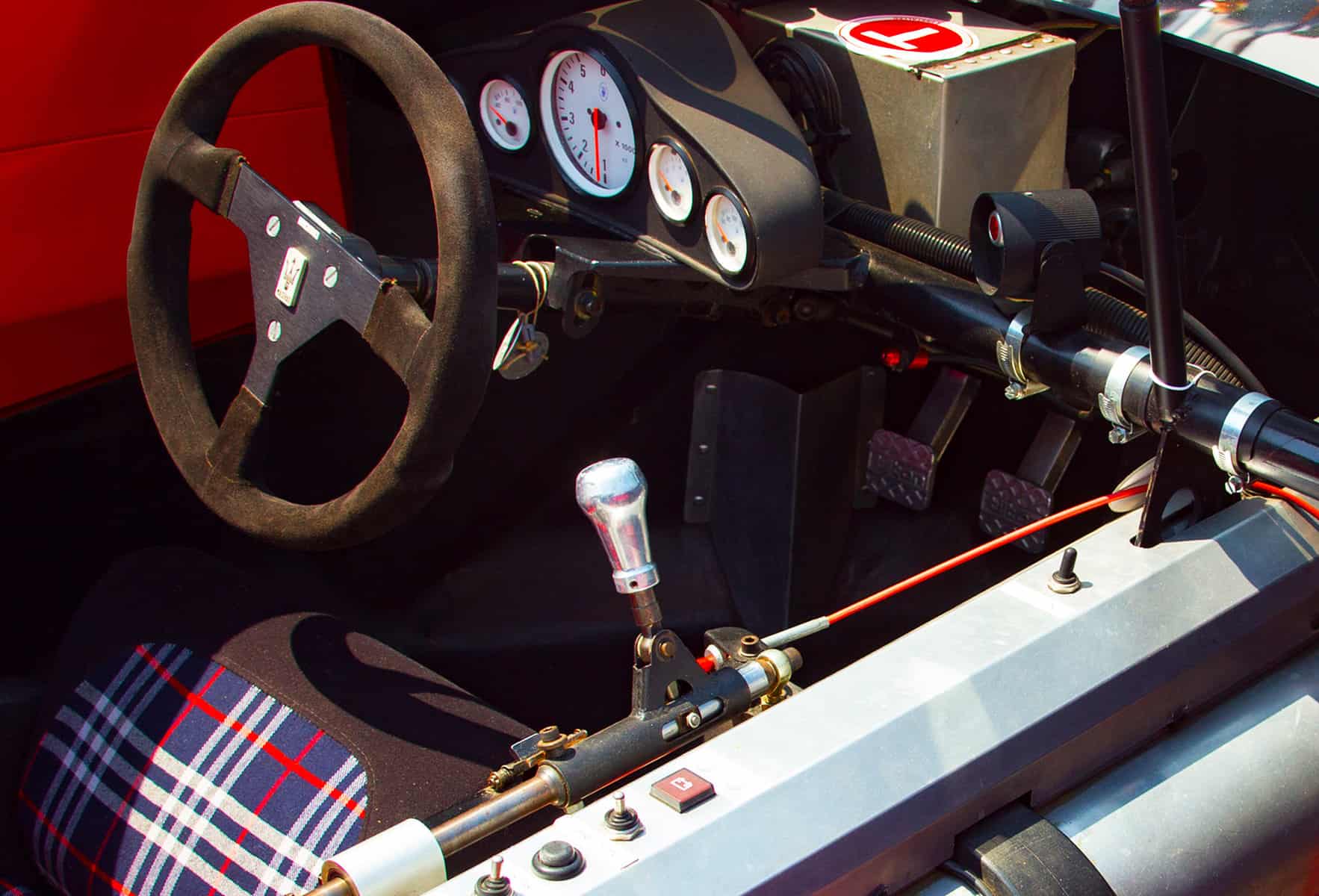
Fiat president Gianni Agnelli was quick to point out that the Chubasco was perhaps a little bit too ambitious for a company as small as Maserati. Shortly after breaking cover, the mid-engined supercar was cancelled. Undeterred, De Tomaso managed to salvage much of the work done to create the Chubasco and he went ahead and developed the Barchetta instead. This also explains how Maserati was able to create the first example in time for the next annual press conference.
Like the Chubasco, the Barchetta featured a sheet-steel backbone chassis with magnesium bulkheads on both ends. De Tomaso had previously used the backbone design to great effect with the Vallelunga and Mangusta he produced under his own name during the second half of the 1960s. It was also famously used by Lotus, starting with the original Elan. Due to the nature of the design, the central backbone also worked well with the ground-effect tunnels originally planned for the Chubasco.
Bolted to both ends of the steel backbone were steel subframes. The front end featured double wishbones with in-board mounted, push-rod actuated coil springs and dampers. The rear subframe was more substantial and housed the engine, gearbox, and rear suspension. As at the front, there were double wishbones but with pull-rods instead of push-rods to actuate the springs and dampers. The result was a very compact and slim rolling chassis that allowed virtually any body to be fitted.
Where the Chubasco and Barchetta differed was that, instead of the 3.2-liter, twin-turbo V8 earmarked for the former, the new one-make racer featured a two-liter V6 out of the latest Biturbo road car. Fitted with twin overhead camshafts, four valves per cylinder, and a pair of IHI turbos, the compact unit was rated at 315 hp. The twin-turbo V6 was mated to a Getrag six-speed gearbox. Developed specifically for racing, it featured straight cut gears and allowed for a wide variety of ratios to suit each track’s particular needs.
Tasked with the design of the Barchetta’s “barchetta” body was former Italdesign stylist Carlo Gaino and his recently established Synthesis Design company. Gaino came up with lines that were very straightforward, particularly compared with the wild, Marcello Gandini-designed Chubasco. True to its name, the Barchetta did not even feature a full windscreen, leaving the driver pretty much exposed to the elements. Aerodynamic aids were limited to a front splitter and a full-width wing mounted on the rear deck.
The body was constructed from a mix of exotic materials that included a large amount of carbon-fiber composites. It was constructed in three main pieces with the center section being the most substantial. Encompassing the complete cockpit, this was bolted to the rolling chassis. The front and rear sections could be removed for easy access to the Barchetta’s mechanicals. No amenities like lights were fitted, which together with the use of exotic materials helped keep the dry weight down to just 775 kg.
The first line of the sales brochure clearly stated the Barchetta’s intention: “A return to Maserati Tradition.” The 1992 Grantrofeo Barchetta featured six races, all at Italian tracks and with a finale at the Bologna Motor Show. All rounds were scheduled in the fall of 1992 to allow for the cars to be built in time. Maserati had announced that a run of twenty-five competition cars would be built, but for the first round, held at Varano, just five examples lined up. The largest grid during the opening season was seven at the penultimate round.
Although there was not real competition, observers noted that the lightweight and svelte Barchetta was very fast. Unusual for a Maserati of the day, it also proved to be virtually bulletproof. Needless to say, every round was won by a Maserati, but on each occasion the same Maserati won – the Barchetta entered by Danish team High Class Racing for 1990 Le Mans winner John Nielsen. Effectively a pro racer, Nielsen held a clear edge over the gentlemen drivers in the other cars.
While the number of cars on track during these 1992 races were far from impressive, the events built around them offered Maserati a new way of interacting with their clients. Many of the attendees were Maserati club members and/or owners, coming together to celebrate the marque they loved. Potential buyers were also given the opportunity during the events to test the very latest models for themselves.
For the 1993 season, the calendar was expanded with two races outside of Italy – one at Zandvoort in The Netherlands, and a home race for Nielsen at the Jyllandsringen. At several events the grid counted as many as nine Barchettas. There was also more competition for Nielsen, mainly in the form of guest drivers. The Dane also did not compete at every round but he did win at Mugello and Monza. The race at Zandvoort was won by 1988 Le Mans winner and local star Jan Lammers.
On May 19, 1993, De Tomaso sold his 51 percent share in Maserati to Fiat Auto, which became the sole owner. Sorting out the aging production car line-up took top priority. Frivolities such as the Grantrofeo Barchetta were canceled and, with it, the hopes of a road-going Stradale version went up in smoke. As a teaser, one Barchetta had been shown to the public with headlights, a more substantial interior, and the rear wing removed, but it remained a one-off and was not seen in public again.
Before the bean counters at Fiat axed the Barchetta, only seventeen examples of the planned twenty-five had been produced. This included the unique Stradale and two prototypes. Of the cars that were raced, just two examples were sold to private owners – Thomas Bscher and Julien Appels. The others were acquired by Maserati concessionaires who fielded the cars for their customers or high-profile drivers like Jan Lammers and John Nielsen.
While De Tomaso no longer owned Maserati, he did retain the rights to the chassis design of the Barchetta, which had been produced not in Bologna but in the De Tomaso factory in Modena. The savvy Argentinean recycled the chassis design once more to create the Guarà, which was launched at the 1993 Geneva Motor Show and entered production in 1994. Not only did it feature the Barchetta’s backbone chassis, it was also styled by Carlo Gaino. Although the final Guarà was ordered in 2004, it was not delivered to its first owner until 2011.
Of the seventeen Barchettas built, all are accounted for with the exception of the elusive Stradale. At least two of the Corsa competition cars were later converted to road-legal specification. Instead of the small circular headlights of the original Stradale, these were fitted with much more substantial units lifted from the Fiat Coupe. They were also fully registered to use on the streets.
Although his example was not followed until many years later, De Tomaso was clearly on to something with the Barchetta. Today supercar manufacturers like Ferrari, McLaren, and Aston Martin all offer track-only racers, not intended to actually compete in sanctioned races. Instead, they are designed for use during track days or in one-make series like the Barchetta.
